Collaborative Research Initiatives
Collaborative research initiatives among academic institutions, healthcare organizations, and industry players are fostering innovation within the In Situ Hybridization Market. These partnerships are essential for sharing knowledge, resources, and expertise, leading to the development of advanced in situ hybridization techniques. Such collaborations are likely to enhance the quality of research outputs and accelerate the translation of findings into clinical applications. The market is projected to grow as these initiatives gain momentum, with an expected annual growth rate of 5.5% in the coming years. As a result, the In Situ Hybridization Market stands to benefit from a more integrated approach to research and development.
Rising Demand for Diagnostic Tools
The increasing prevalence of genetic disorders and cancers has led to a heightened demand for effective diagnostic tools in the In Situ Hybridization Market. As healthcare providers seek to enhance diagnostic accuracy, the adoption of in situ hybridization techniques is likely to rise. According to recent estimates, the market for diagnostic tools is projected to grow at a compound annual growth rate of approximately 7.5% over the next five years. This growth is driven by the need for precise localization of nucleic acids within tissues, which is essential for accurate disease diagnosis. Consequently, the In Situ Hybridization Market is expected to witness significant expansion as healthcare systems invest in advanced diagnostic technologies.
Increased Investment in Biotechnology
The biotechnology sector is witnessing a surge in investment, which is positively impacting the In Situ Hybridization Market. Venture capital funding and government grants are being directed towards innovative biotechnological solutions, including in situ hybridization techniques. This influx of capital is likely to accelerate the development of new products and technologies, enhancing the overall market landscape. As biotechnology firms expand their research capabilities, the In Situ Hybridization Market is expected to benefit from the introduction of novel assays and applications. The anticipated growth rate for this sector is around 7% annually, indicating a robust future for in situ hybridization technologies.
Growing Focus on Personalized Medicine
The shift towards personalized medicine is significantly influencing the In Situ Hybridization Market. As healthcare moves towards tailored treatment approaches, the need for precise molecular characterization of diseases becomes paramount. In situ hybridization techniques enable clinicians to identify specific genetic alterations, thereby facilitating targeted therapies. The market is expected to grow as pharmaceutical companies increasingly incorporate in situ hybridization in drug development processes. With an estimated market growth rate of 8% over the next several years, the In Situ Hybridization Market is poised to play a critical role in the advancement of personalized medicine, ultimately improving patient outcomes.
Advancements in Research and Development
Ongoing advancements in research and development are propelling the In Situ Hybridization Market forward. Innovations in probe design, signal amplification techniques, and imaging technologies are enhancing the sensitivity and specificity of in situ hybridization assays. These advancements are crucial for researchers aiming to explore complex biological processes and disease mechanisms. The market is anticipated to benefit from increased funding for research initiatives, with a projected growth rate of around 6% annually in the next few years. As academic and commercial laboratories adopt these cutting-edge technologies, the In Situ Hybridization Market is likely to experience a surge in demand for novel applications and methodologies.


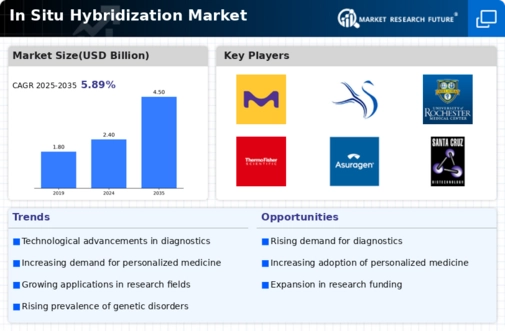
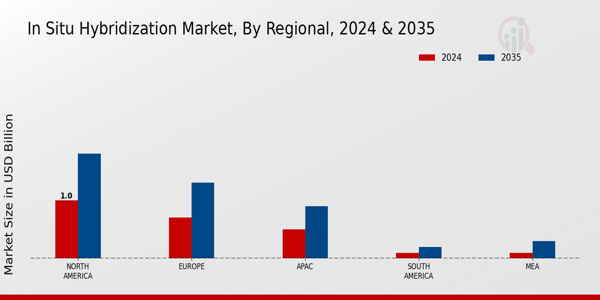
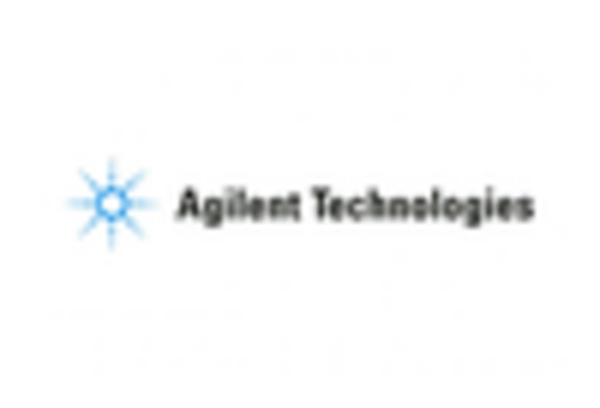


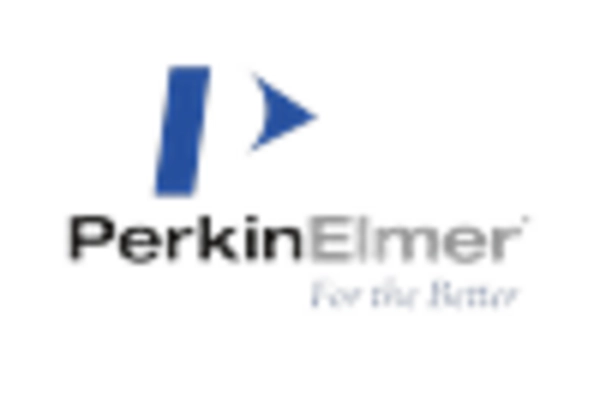

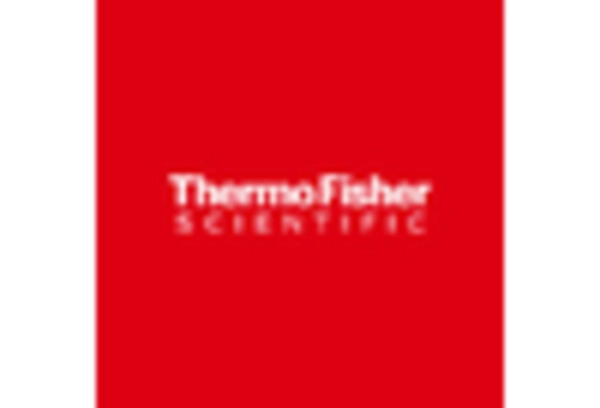








Leave a Comment